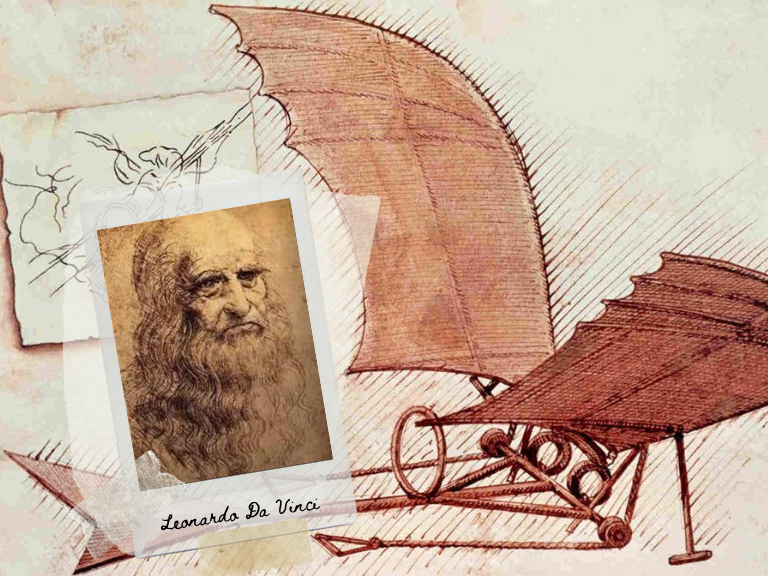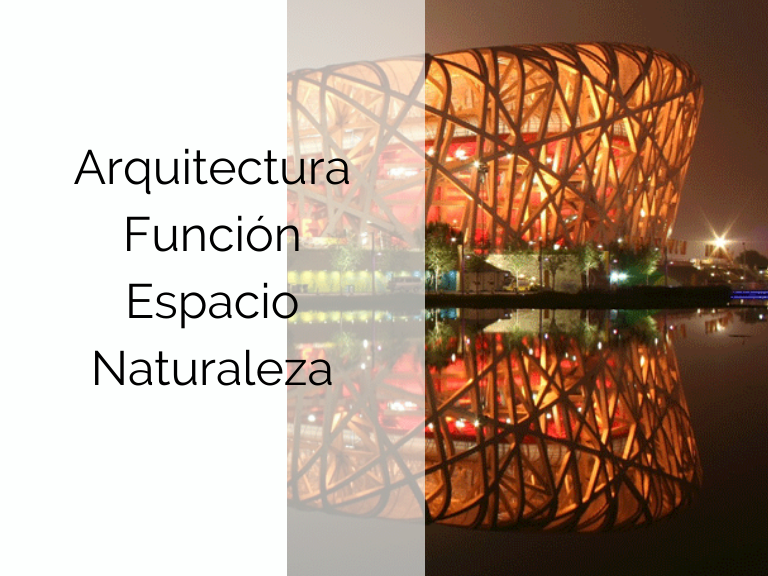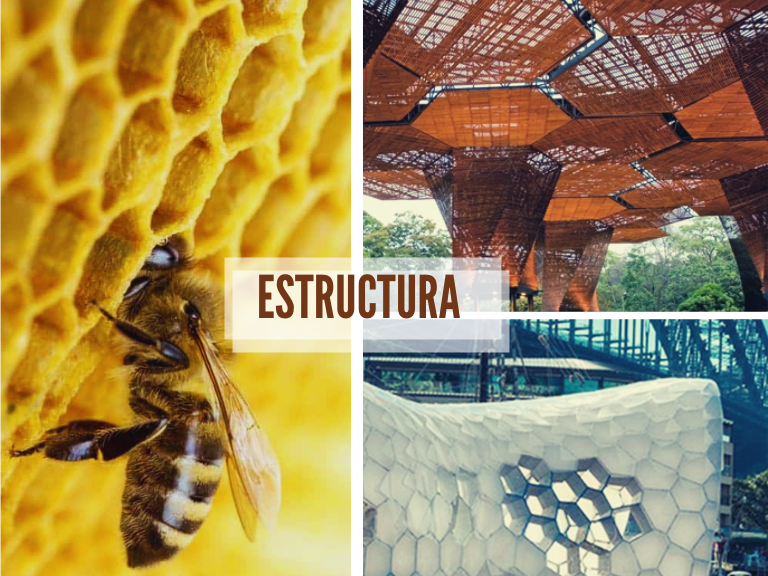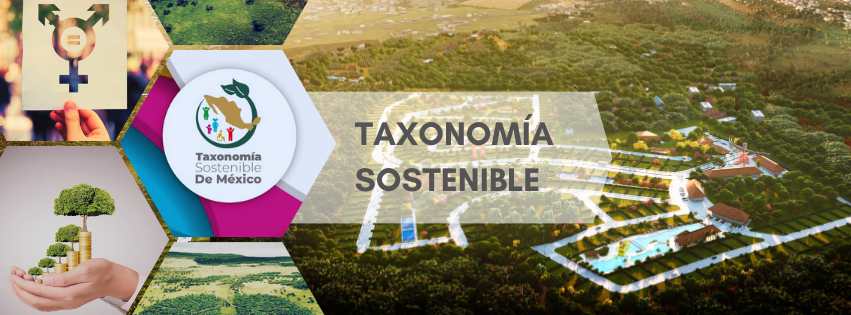
What is Biomimicry?
Biomemética, Biomimetisto and Biomimesis mean - Imitate the life
Returning to our roots, mimicking the processes of nature and enhancing them with technology is one of the principles of Biomimicry.
The man has always sought a reference or inspiration to solve your needs, most of these responses have been found in nature.
Leonardo DaVinci was considered the pioneer of the Bomimetismo is based on analysis carried out on the skulls, and the flight of the birds for their creations inventive.

Biomimicry in Architecture
Architects and Biologists at the same table work has analyzed the functions and efficiency of nature and apply it to the Architecture.
Biomimetic Architecture replicates not only the forms if not the functions of nature without relying only on aesthetics but also on the efficiency that generate in issues of space, energy, construction, materials, and functionality.
The Architecture must be functional, and this functionality has been found in nature, with the efficiency of their processes as accurate and with thousands of elements that make it up.
Studies of Biomimetic Architecture
The Biomimicry Institute states that the principle of Biomimesis in Architecture is the Design-centered Nature.
The analysis Biomimetic provides solutions to problems that arise from the imitation of processes already tested, and have been copied from nature, as this ensures these processes for thousands of years.

Levels of Biomimetic
- Take as a reference to textures, finishes, etc., The forms of nature.
- To analyze the operation and apply it to mechanisms, structures, materials, etc
- Study of the micro-level cell for technological contributions.
Examples
Solar Panel: scientists investigated the most efficient way of orienting solar panels and found the answer in the nature and with the process verified by millions of years, the sunflowers. Use this solar concentration will significantly reduce the energy consumption and decreases costs.
The honeycombs: One of the geometric designs more efficient, the shape of the cells allows to repeat them continuously making mosaics perfect, allowing flexibility in the ways, and a good structure.

Nests of termites: constructive Process that has served as an example to provide a solution to issues of ventilation in buildings at the base of tunnels that allow the entrance of air, and that within contain the temperature.
Stadium of Beijing: The structure has the shape of a bird's nest, the structure from the exterior mimics the intertwined branches of the nest, which together achieve a high resistance.
We have learned from nature, not by copying their processes but also to generate new solutions.
Benefits
Some of the benefits of Biomimetic Architecture are:
- Does not generate waste.
- Energy saving.
- Greater efficiency constructive.
Biomimicry can be applied in areas such as:
- Medicine
- Industrial Design
- Process management









